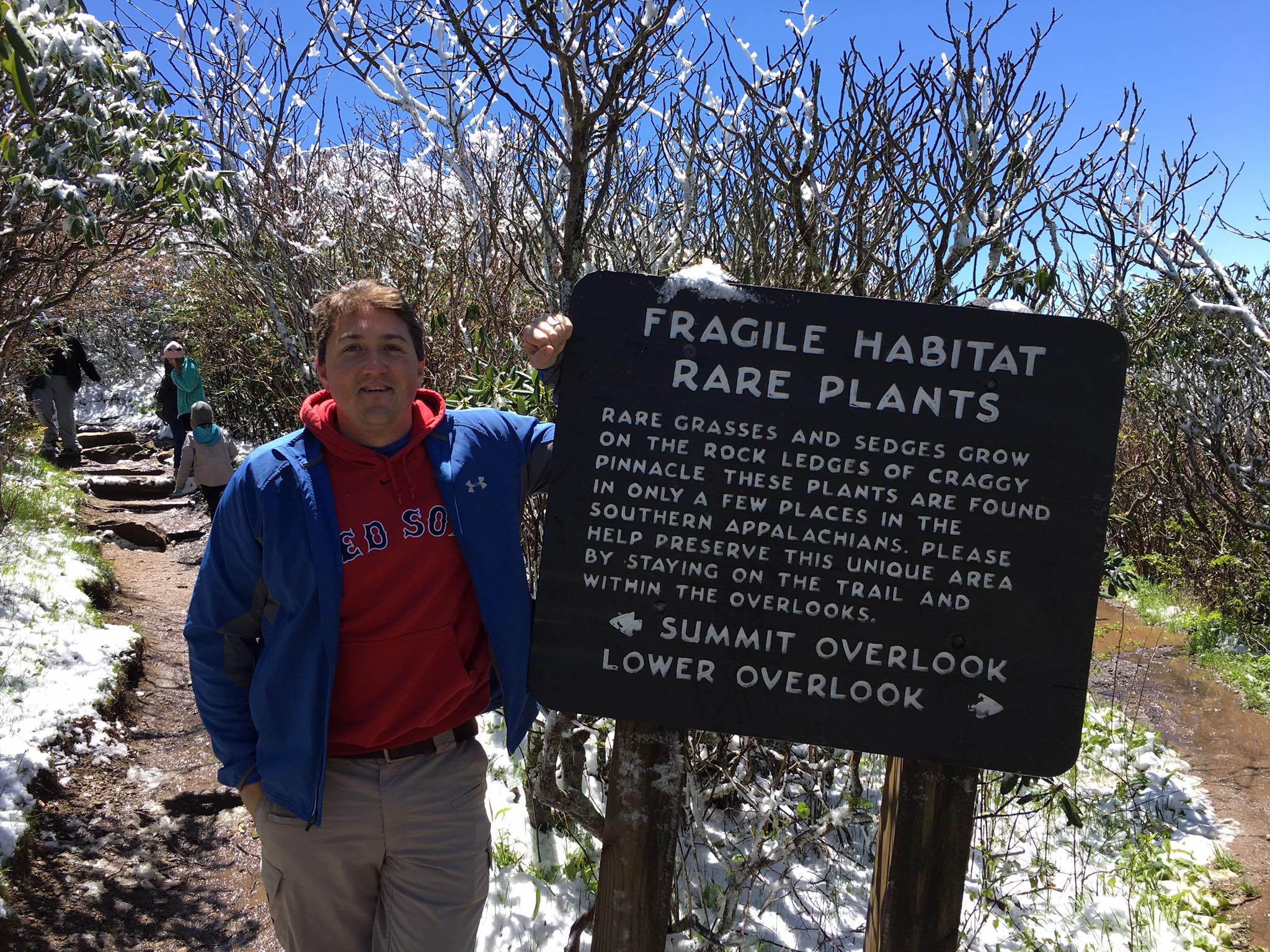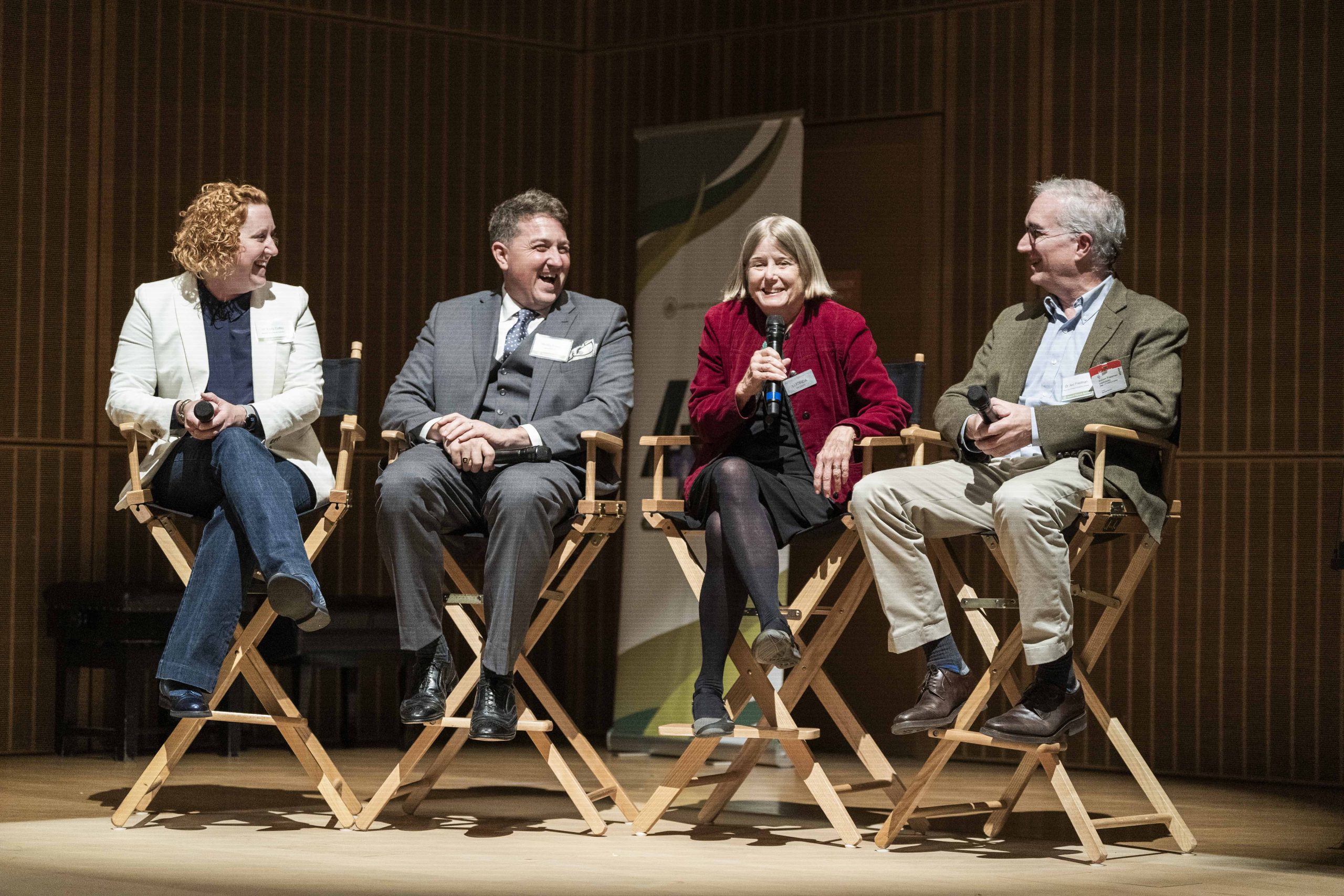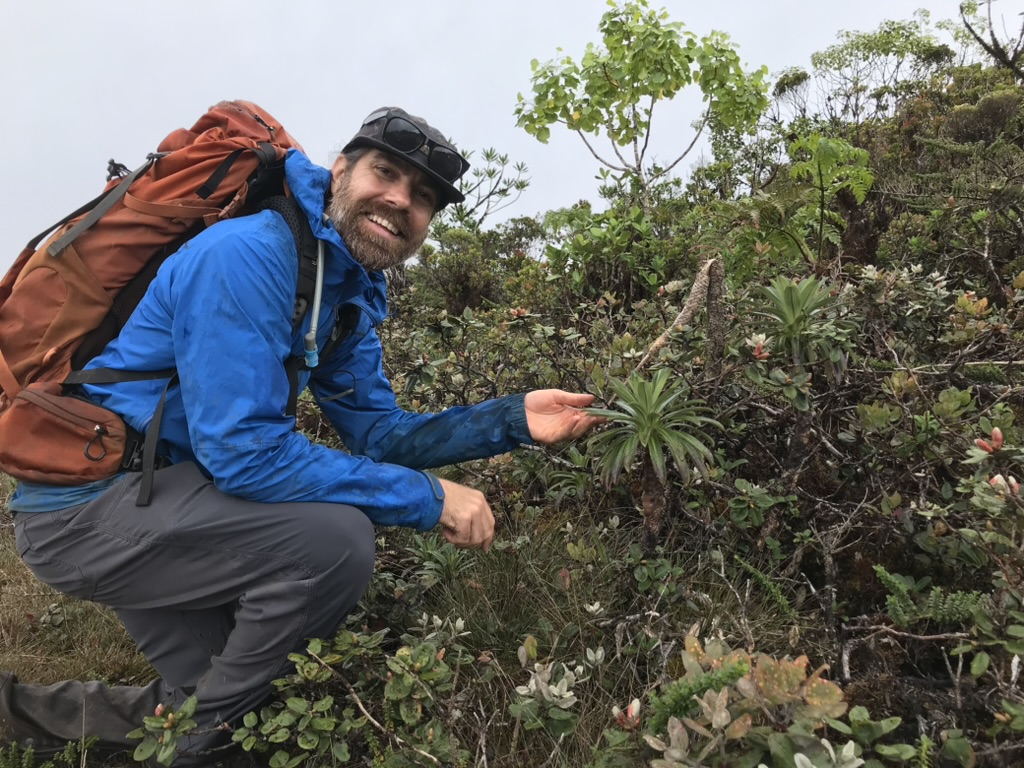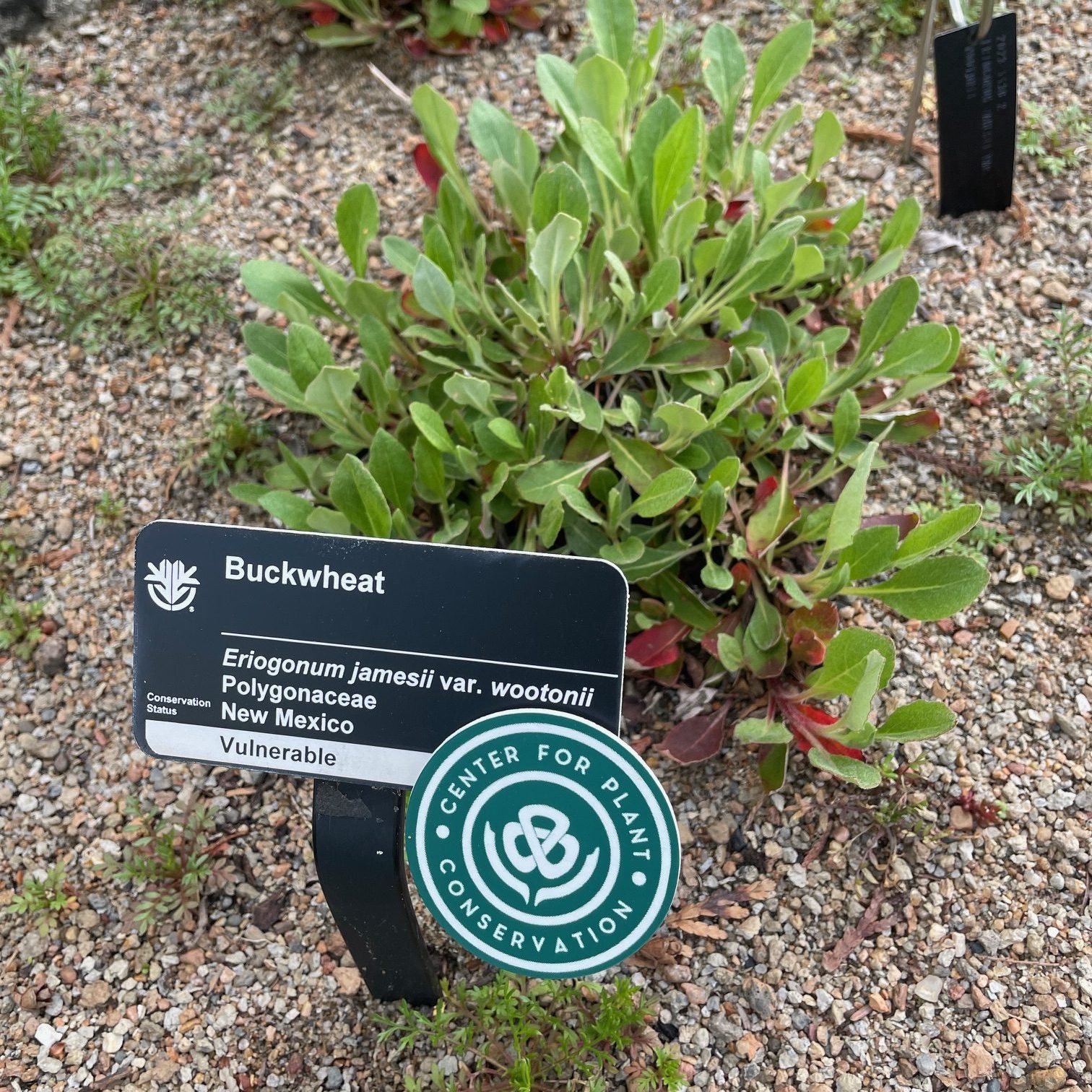SAVE PLANTS
Center for Plant Conservation
As we move further into 2025, the Center for Plant Conservation (CPC) is energized by the momentum of our collective conservation efforts at a time when they are more critical than ever. With new incoming leadership at the helm of our organization and major strides in seed banking initiatives, this year is already shaping up to be one of meaningful impact and progress.
In this issue, we highlight the recent announcement of CPC’s new incoming CEO, Dr. Wesley Knapp, whose vision and leadership will guide our organization into an exciting new chapter. Additionally, we spotlight two of CPC’s ongoing regional seed collection initiatives, Florida Plant Rescue and the USFS Region 3 Seed Collection Project, and celebrate the significant advancements being made to secure imperiled plants across Florida, Arizona, and New Mexico. Thanks to the dedication of our Conservation Partners, these projects continue to safeguard imperiled species and strengthen the future of plant conservation.
Your commitment to saving plants makes these successes possible. Thank you for being part of this vital mission—together, we are making a difference.
With gratitude,
The CPC National Office Team
The Center for Plant Conservation Appoints Dr. Wesley Knapp as New CEO
In early February, the Center for Plant Conservation (CPC) was pleased to announce the appointment of Dr. Wesley Knapp as its new Chief Executive Officer, effective March 31, 2025. Dr. Knapp brings to the organization over two decades of experience in botany and plant conservation—as well as a long-standing partnership with CPC as a member of its Network of Conservation Partners—making him uniquely qualified to lead and advance CPC’s mission to save plants from extinction.
Dr. Knapp’s journey into the world of conservation began during his childhood in New England, where summers spent camping, hiking, and fishing sparked a lifelong passion for nature. A transformative experience came in high school when his involvement with the Envirothon program introduced him to environmental sciences as a career path. He went on to earn his B.S. in Environmental Sciences from Catawba College in North Carolina, where he discovered his love for botany and met his wife, Heather.
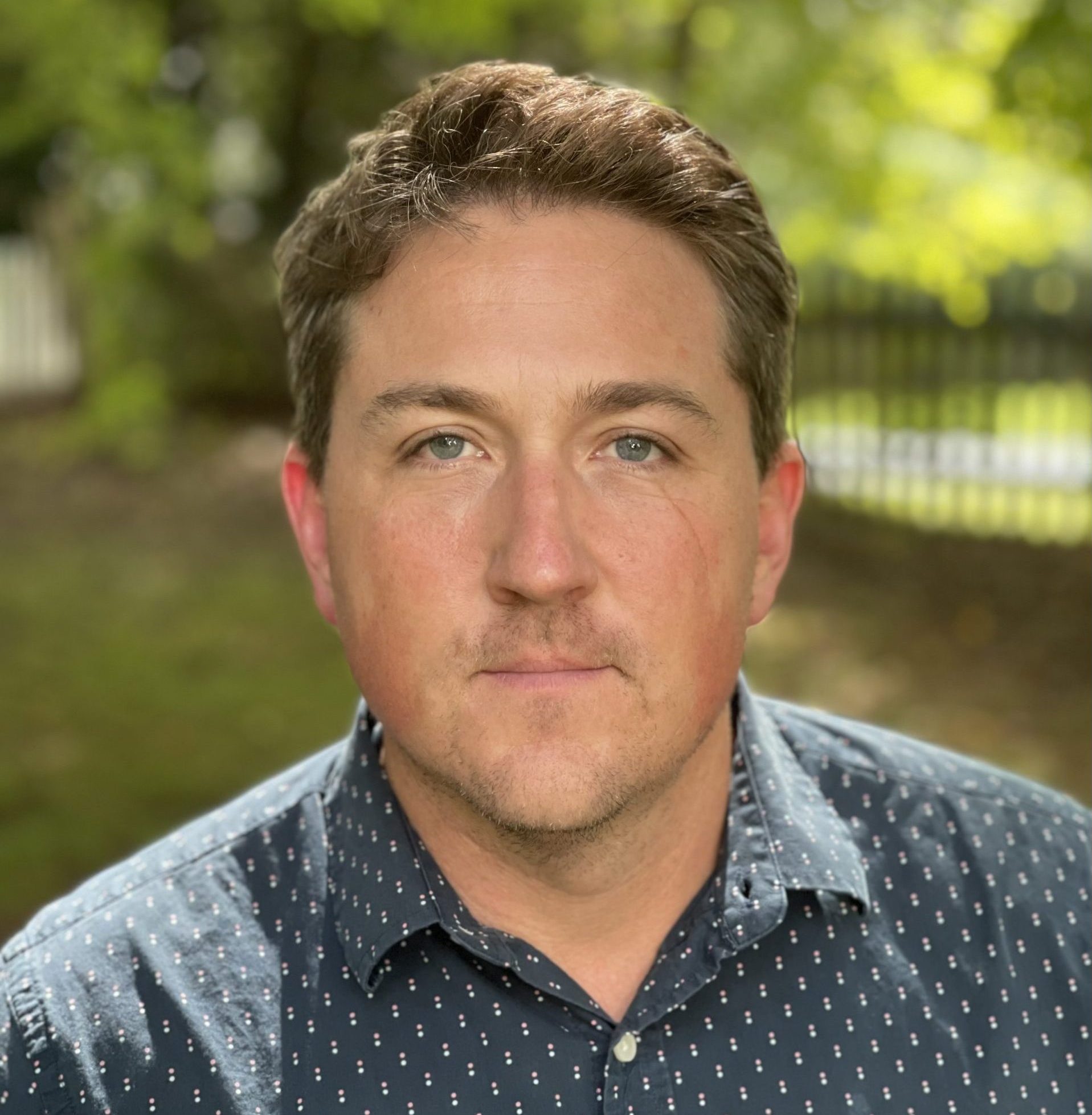
After graduating in 2001, Dr. Knapp began his career as a field botanist for the Maryland Natural Heritage Program. He completed his M.S. in Plant Science with an option in Plant Systematics under Dr. Rob Naczi at Delaware State University in 2005. Dr. Knapp’s M.S. work clarified the number of species in the Juncus marginatus complex and discussed the conservation status of each species. In 2016, Dr. Knapp relocated with his wife and two daughters, Sidney and Bella, to Asheville, North Carolina, where he joined the North Carolina Natural Heritage Program as Mountains Ecologist/Botanist until 2021 before becoming Chief Botanist at NatureServe. In 2024, Dr. Knapp completed his Ph.D. in Ecology at the University of North Carolina at Chapel Hill under advisor Alan Weakley, with his thesis research focused on the importance of taxonomy, species discovery, and prioritization in preventing plant extinctions.
“Dr. Knapp’s dedication to plant conservation and his notable achievements in the field make him an outstanding choice to lead CPC,” said David Doyle, President of the CPC Board of Trustees. “His expertise and vision will be invaluable as we work to protect imperiled plant species and promote biodiversity worldwide.”
Throughout his career, Dr. Knapp has been a leading voice in plant conservation, contributing to significant advancements in the taxonomy and conservation status of plant species across the United States and Canada. An expert in plant identification with extensive field experience, Dr. Knapp has also described numerous new plant species and worked tirelessly to slow the pace of biodiversity loss resulting from the 6th mass extinction.
Dr. Knapp’s arrival marks an exciting new chapter for CPC. In his role as CEO, he will lead the organization’s efforts to strengthen science-based conservation best practices, foster partnerships, and inspire action to combat the global extinction crisis.
“It is an incredible honor to join the Center for Plant Conservation,” said Dr. Knapp. “Plants are the foundation of life on Earth, and CPC and its partners are at the front lines of preventing plant extinction. I look forward to working with CPC’s dedicated team and partners to safeguard our planet’s most imperiled plant species and prioritize action to save nature for my children and future generations.”
_________________________________________________________________
Please join us in welcoming Dr. Knapp to the Center for Plant Conservation!
Florida Plant Rescue: Preservation Progress for Florida’s Imperiled Plants
When the idea for a cooperative seed collection initiative for the state of Florida arose several years ago, there were many ambitious but critical tasks ahead of us: gather together Florida’s plant conservation experts and practitioners to work in a carefully coordinated manner; develop a priority list of Florida’s most imperiled species to target for collection efforts; develop sources of funding to sustain our work; and most importantly, get out in the field and back in the lab to do the real work of seed collection and processing. Our ultimate goal is simply stated but not so simply achieved: to make conservation collections of all the rare plant species in Florida to safeguard wild populations against extinction in the face of severe and myriad threats to their existence. After completing many of those foundational goals and as we enter our fifth year of the project, the Florida Plant Rescue (FLPR) initiative has made significant progress in safeguarding the imperiled plants of the Sunshine State—with even more conservation work on the horizon for 2025.
The initiative, which is led by CPC in collaboration with the existing Florida community of botanical experts within the CPC Network of Conservation Partners, greatly benefits from incredible, boots-on-the-ground conservation work that is completed by the ever-expanding network of FLPR partners. These include conservation staff at Atlanta Botanical Garden, Bok Tower Gardens, Fairchild Tropical Botanic Garden, Florida Native Plant Society, Florida Natural Areas Inventory, The Institute for Regional Conservation, Marie Selby Botanical Gardens, Montgomery Botanical Center, Naples Botanic Garden, and our newest members, The Jones Center at Ichauway and the Seed Biology Lab in the Department of Environmental Horticulture at the University of Florida. It is their local botanical expertise, rugged field work, and painstaking seed processing that has brought us this far in the project.
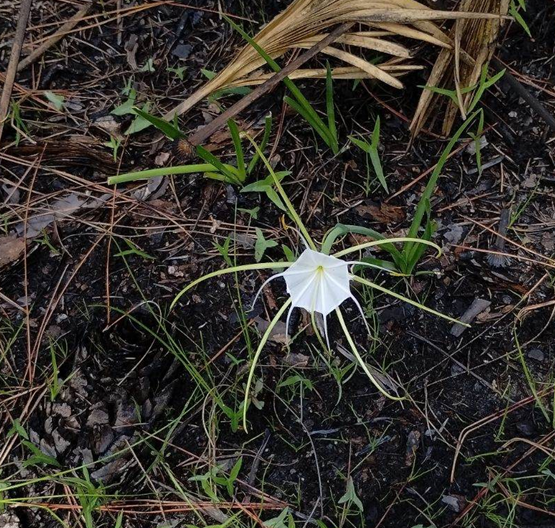
During the 2024 collection season, FLPR partners were collectively able to make collections of 17 globally rare plantspecies that occur in Florida and in many cases, are endemic to the state. All of these species either previously had noex situ conservation collections in seed bank storage or had fewer than 5 distinct populations represented in storage. The process of securing each of these species in collection involves multiple steps in which each partner has to 1) research the known locations for the species of interest and choose an appropriate population for collection, 2) make pre-collection field visits to assess the health of the population and place any needed collection materials around developing fruits, 3) carefully perform the actual seed collection in the field, 4) clean and prepare seed for long-term storage, and 5) when possible, send additional seed for duplicate storage at the National Laboratory for Genetic Resource Preservation. Encouragingly, FLPR’s collection success and capacity has been steadily growing each year of the project. In 2022, FLPR partners collectively made 12 seed collections and in 2023 they made 15 collections. Thus, 2024 was our busiest and most productive collection season yet! In total and throughout the lifespan of the project, we’ve been able to make 51 collections from Florida’s rarest plant species.
Of course, a project focused on preserving ex situ collections of rare plant species cannot ignore the fact that many of these species have recalcitrant seed and cannot be banked via traditional means. These exceptional species are still in need of our attention but require an extra level of problem-solving to effectively preserve. In both 2023 and 2024, CPC was able to award two exceptional species projects to FLPR members.
In 2023, the exceptional species curation projects focused on the extremely rare species, Manasota pawpaw (Asimina manasota) and Punta Gorda spiderlily (Hymenocallis punta-gordensis), with with the projects led by Marie Selby Botanic Garden and Naples Botanic Garden, respectively. The Manasota pawpaw occurs in just one county in central-south Florida where there may be as few as just a couple dozen plants left in the wild, only about half of which are protected on public lands. Marie Selby Botanical Gardens collaborated with Dr. Valerie Pence and the Lindner Center for Conservation and Research of Endangered Wildlife at the Cincinnati Zoo and Botanical Garden (CREW) to test in vitro protocols for propagation and cryopreservation for this species.
They collected fresh, immature stem tissue which has led to the successful establishment of culture lines, based on protocols already developed by Dr. Pence for other rare Asimina species. The Punta Gorda spider lily is a species endemic to just Charlotte County, Florida, growing in pine flatwoods, and blooming in the scorching summer heat. Naples Botanical Garden found and mapped several populations growing in the Fred C. Babcock/ Cecil M. Wildlife Management Area. From these plants, they collected seeds from which to grow out plants to preserve in their living collection.
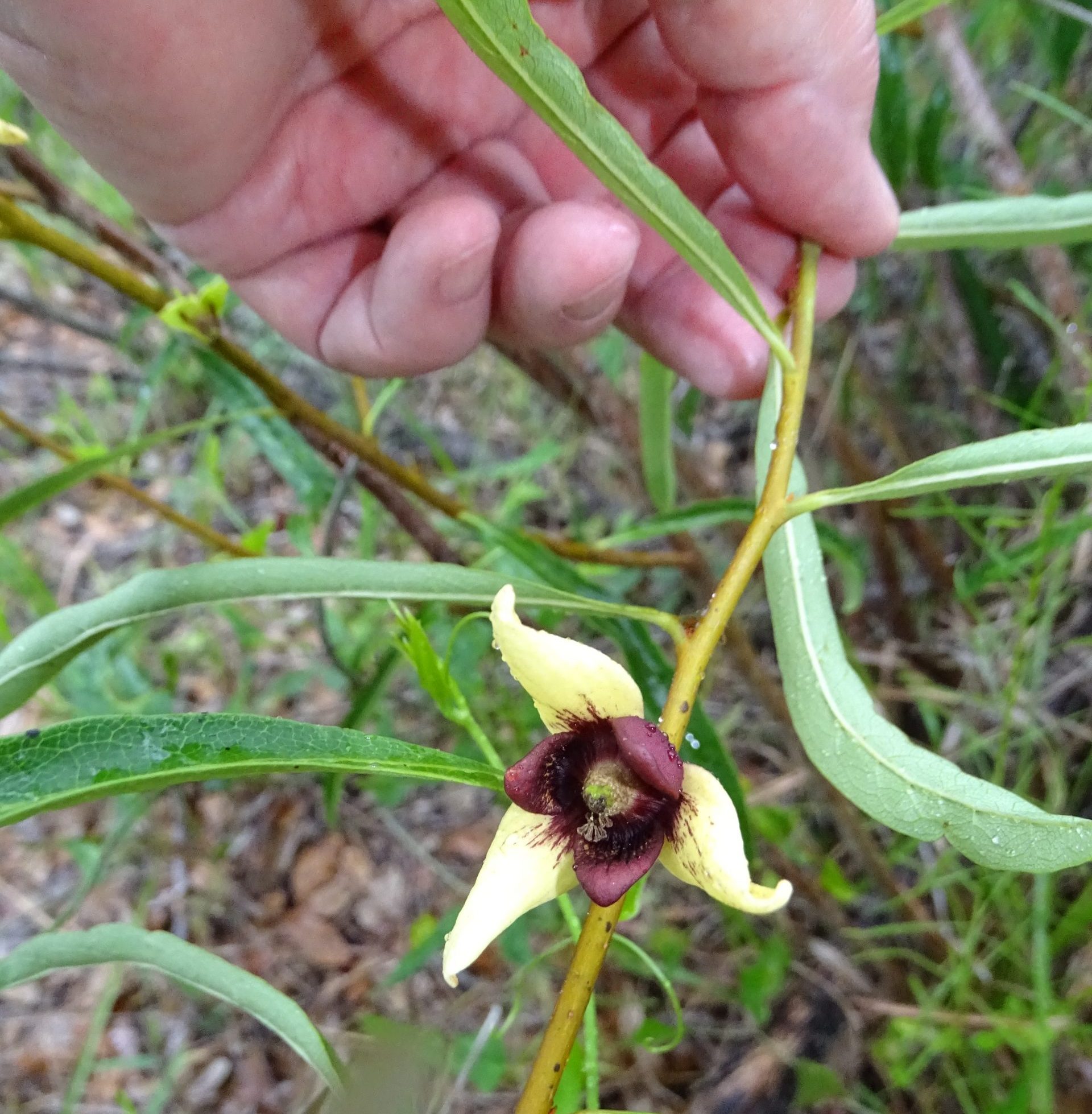
In 2024, the two exceptional species curation projects undertaken for FLPR were those for Henry’s spiderlily (Hymenocallis henryae var. henryae) and Florida royal palm (Roystonea regia), granted to Atlanta Botanical Garden and Naples Botanic Garden, respectively. Henry’s spiderlily is a species that, due to its many coastal and low-lying locations, is expected to soon be detrimentally impacted by climate change-associated sea-level rise. While Florida royal palm is a fairly common species in botanical garden cultivation, these plants do not originate from the very few remaining wild populations left in southern Florida. Thus, projects for both these species were determined to be valuable toward their conservation and are currently ongoing.
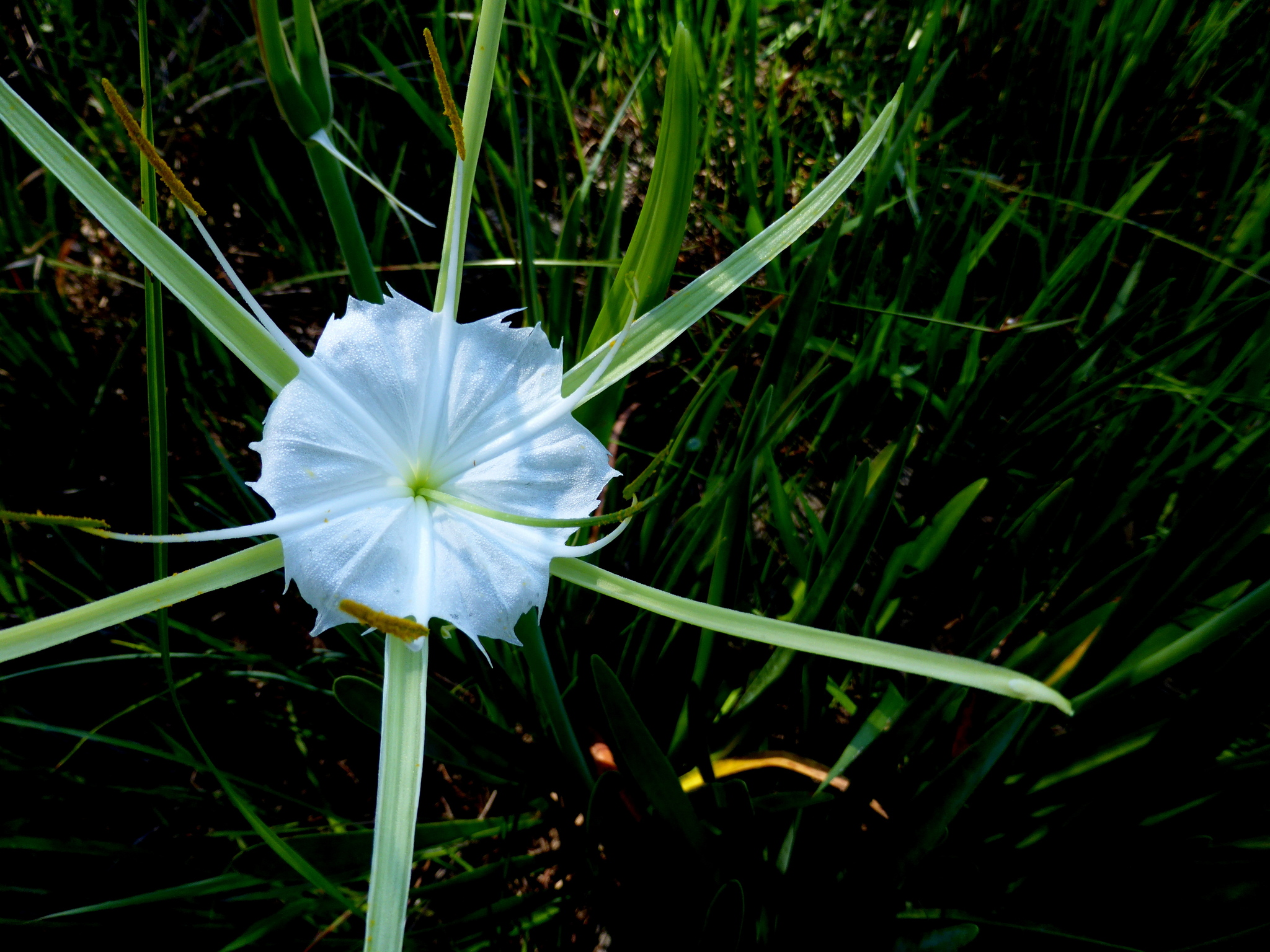
With all these collections being made by multiple partners across the state and accessions constantly being added to seed banks, there was a critical need to keep track of data in a way that allows FLPR partners to tie the information back to the rare plant populations. A major accomplishment for the FLPR initiative was the creation of a seed accessiondatabase that is linked to the state’s natural heritage spatial database of rare plant populations maintained by the Florida Natural Areas Inventory. Having this combined resource available to both CPC staff and FLPR partners now allows for even more precise prioritization of both species and specific populations for collection where they are most needed. This also enables us keep organized records of what has been collected, where it has been collected from, who has completed the collection, and when. Since early 2024, FLPR partners have been able to access and use this database to make their collection selections for planning purposes, as well as feed their own collection data back into the system. Their field observations of these rare plant populations thus become available to the wider plant conservation community and allow for enhanced, updated conservation assessments for these species.
Expanding our reach beyond Florida, in 2024, CPC’s Conservation Program Manager, Tina Stanley, had the opportunity to give a presentation about FLPR at the Southeastern Partners in Plant Conservation Conference hosted at Atlanta Botanical Garden, thus spreading the word about our important and impactful work to the region’s broader conservation community. This gathering of practitioners and researchers throughout the Southeast region takes places just once every four years and is a wonderful opportunity to learn of the latest plant conservation ideas, methods, and questions as well as form connections and collaboration opportunities. We hope this could help to inspire future, similarly themed projects in other states or regions!
Looking ahead to the 2025 collection season, we will continue to work toward securing additional Florida plant species in seed bank collection. We expect to make 22 additional traditional seed collections for globally rare species in the state, as well as execute two additional exceptional species projects for plant species that cannot be traditionally seed banked. Excitingly, a large majority of these collections will be from species not yet represented in any existing seed bank. As a notable advancement for the project, we also plan to fund infrastructure development for FLPR partners so that we can expand our collection, processing, and storage capacities for many years to come.
-
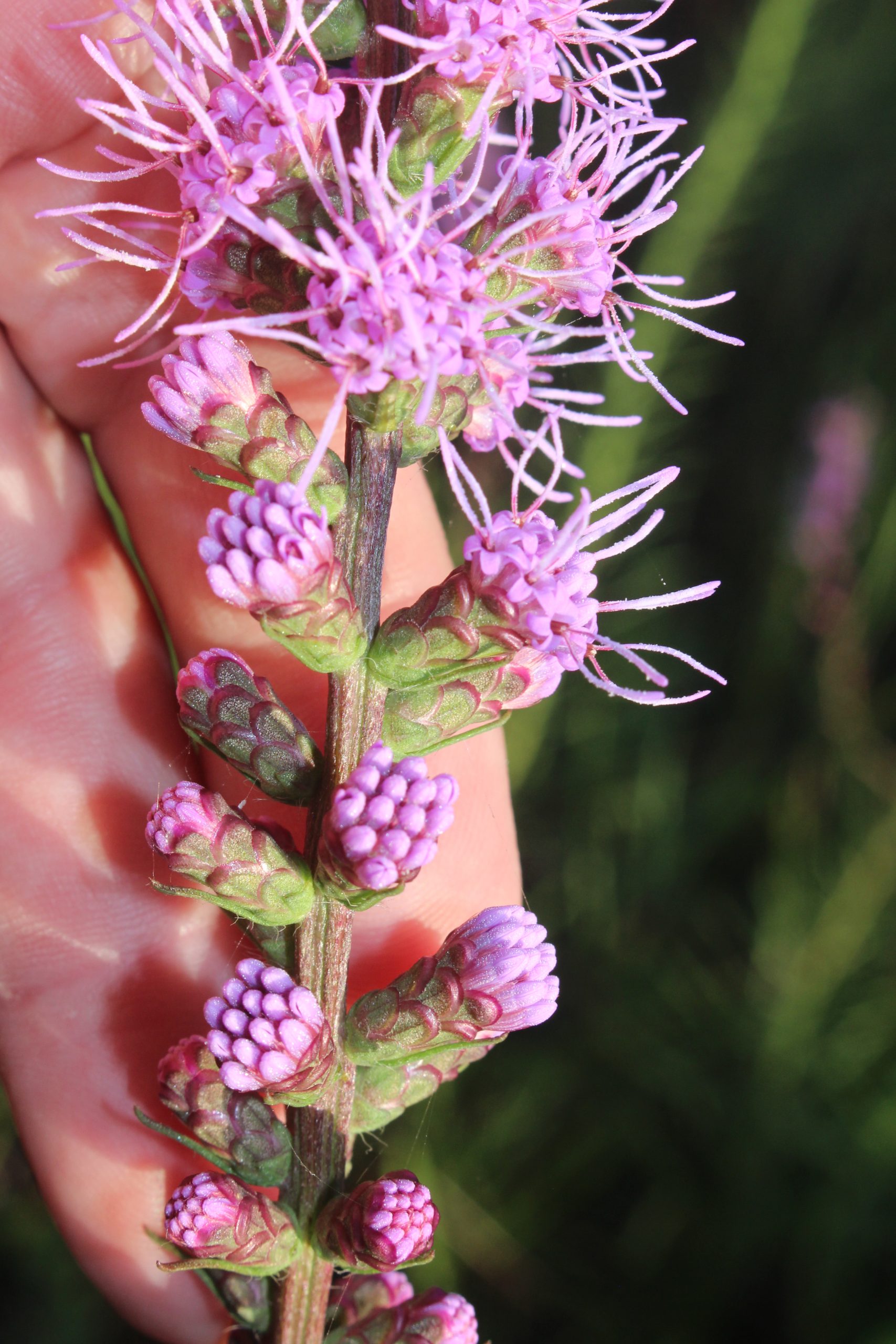
Savannah Gayfeather (Liatris savannensis) phyllaries with obtuse apices help to distinguish this species of Liatris in southwest Florida. Photo Credit: Bruce Holst -

Liatris savannensis seeds in situ in Sarasota County. Photo Credit: Wade Collier -
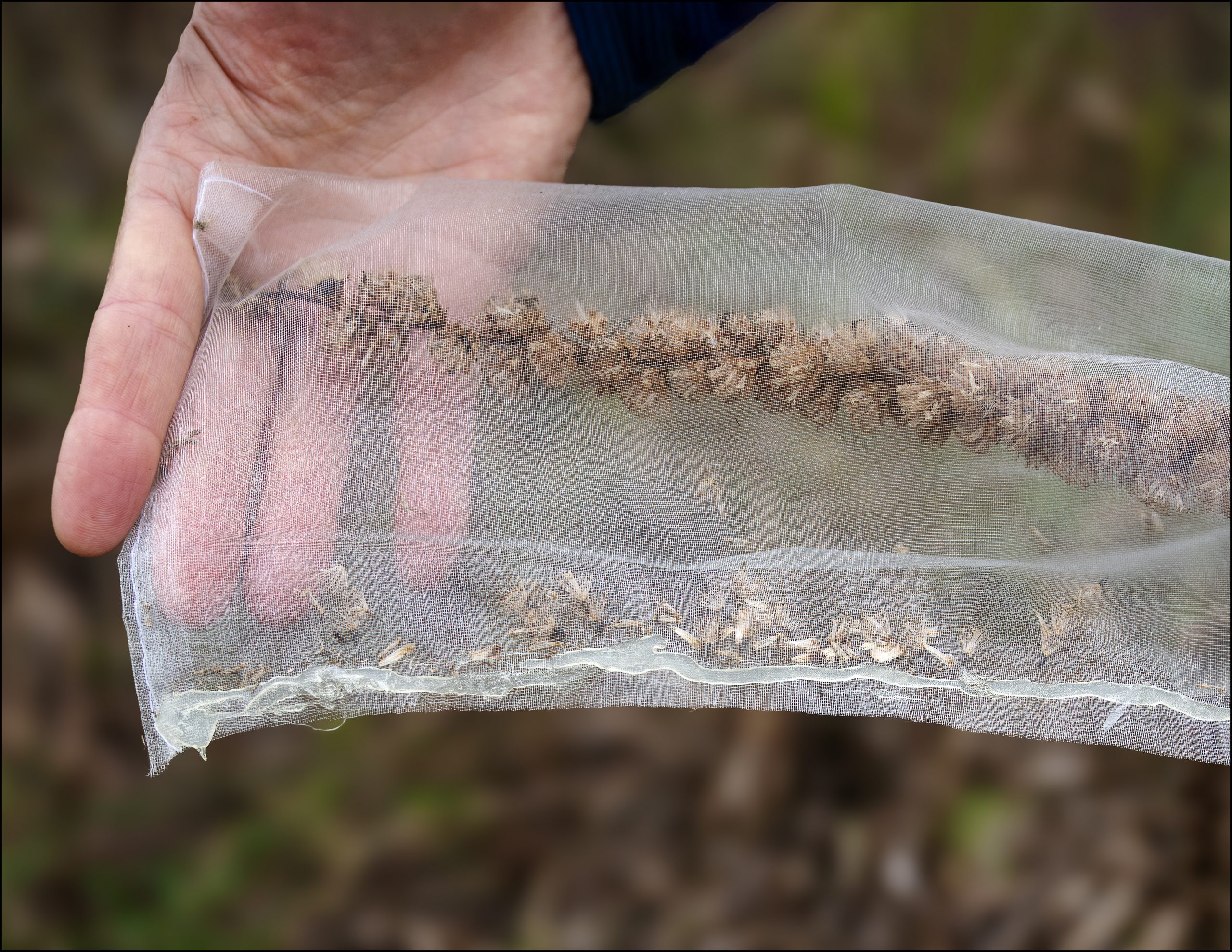
Savannah Gayfeather (Liatris savannensis). Seed collection bags help to capture seeds in case of wind or rain that might disperse them. Photo Credit: Wade Collier
Safeguarding the Rare Plants of the Southwest: CPC and USFS Region 3’s Collaborative Efforts in Rare Plant Conservation
In the face of increasing environmental challenges, the need to safeguard rare plant species has never been more urgent. Through a five-year agreement with the U.S. Forest Service (USFS) Region 3, the Center for Plant Conservation (CPC) and its Conservation Partners are making remarkable strides in protecting imperiled flora across the Southwest. In 2024, this partnership saw significant achievements in seed collection, cryopreservation, and conservation planting efforts, ensuring that some of the rarest plant populations on USFS Region 3 lands in Arizona and New Mexico are preserved for future generations.
At the heart of this initiative lies a commitment to conservation-quality seed banking, a vital strategy for securing the genetic diversity of rare plants. Over the past year, CPC and its partners in the region successfully coordinated and carried out seed collections of 12 priority taxa, for a total of 17 accessions, taking place on eight unique Region 3 forest unitsspanning across Arizona and New Mexico. These collections, informed by a comprehensive gap analysis completed in 2023, targeted species most in need of protection. Among them were Broadleaf lupine (Lupinus latifolius ssp. leucanthus) in Prescott National Forest, Yavapai buckwheat (Eriogonum ericifolium var. ericifolium) in Coconino National Forest, and Mimbres figwort (Scrophularia macrantha) in Gila National Forest. Each seed collection represents a critical step in fortifying conservation efforts, ensuring these plants are safeguarded against habitat loss, climate change, and other ecological threats.

A standout focus of the project is the Arizona willow (Salix arizonica), a globally imperiled species found in Arizona, Colorado, Utah, and New Mexico. With most of its populations occurring on USFS land and its classification as critically imperiled (S1) in New Mexico, the Arizona willow has become a key species of this project’s conservation efforts in the region. Recognizing its vulnerability, CPC partnered with the Southwest Office of the Institute for Applied Ecology (IAE) to make collections of cuttings from wild populations as well as the USDA-ARS National Laboratory for Genetic Resources Preservation (NLGRP) to cryopreserve genetically diverse cuttings from three meta-populations. In early 2024, dormant bud tissue was harvested and successfully transferred to liquid nitrogen storage, securing a genetic backup for the species in perpetuity.
In addition to cryopreservation, CPC partners at The Arboretum at Flagstaff (TAF) established a conservation grove of Arizona willow on their grounds to further support conservation of this species. In April 2024, 104 live stem cuttings were received from IAE, with the hope that many would take root and thrive in a protected garden setting. Despite some initial setbacks—many of the cuttings arrived without green tissue due to the cryopreservation process—40 individuals demonstrated strong growth potential.
Beyond the Arizona willow initiative, CPC and its partners also focused on securing seed collections of Goodding’s onion (Allium gooddingii), a rare plant native to fire-prone areas of the Gila National Forest. In September 2024, IAE field teams successfully collected seeds from a small but resilient population. This effort is particularly critical, as past wildfires have decimated large portions of the plant’s habitat. By banking these seeds at conservation institutions such as NLGRP, USFS and the CPC network are helping to ensure that Goodding’s onion remains a part of the region’s botanical heritage despite the growing threat of wildfire.
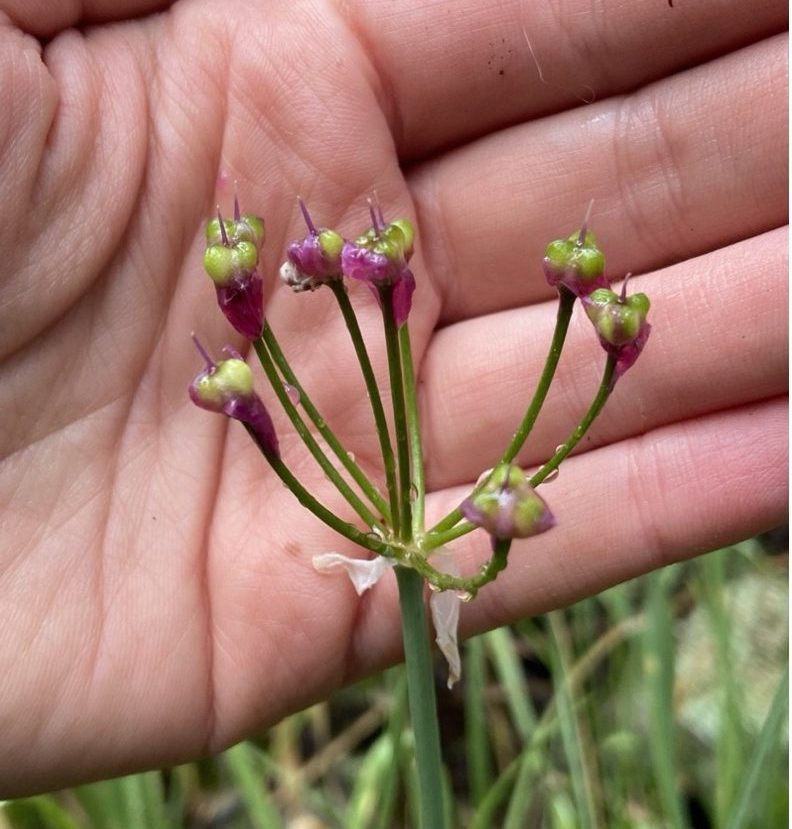
The success of these conservation efforts would not have been possible without the collaboration of CPC’s Conservation Partners, including The Arboretum at Flagstaff, Desert Botanical Garden, Institute for Applied Ecology, and ABQ BioPark. Each played a crucial role in conducting seed collections, overseeing plant propagation, and providing long-term storage solutions. As these partnerships continue to flourish, CPC and USFS Region 3 remain committed to expanding conservation strategies, refining seed banking protocols, and engaging local communities in protecting the Southwest’s rarest plants.
Looking ahead to 2025, CPC plans to build upon this momentum. Expanded seed collections focusing on wildfire-threatened populations are slated for the coming year, and ongoing monitoring will ensure the health and survival of the Arizona willow conservation grove. Additionally, CPC will continue identifying and prioritizing at-risk plant species for future conservation actions, strengthening the resilience of native ecosystems across USFS lands.
In a time when biodiversity is increasingly at risk, the collaborative efforts between CPC, USFS Region 3, and regional Conservation Partners offer a beacon of hope. Through strategic conservation, seed banking, and habitat restoration, these dedicated organizations are not only protecting rare plant species but also preserving the ecological integrity of the Southwest for generations to come.
-
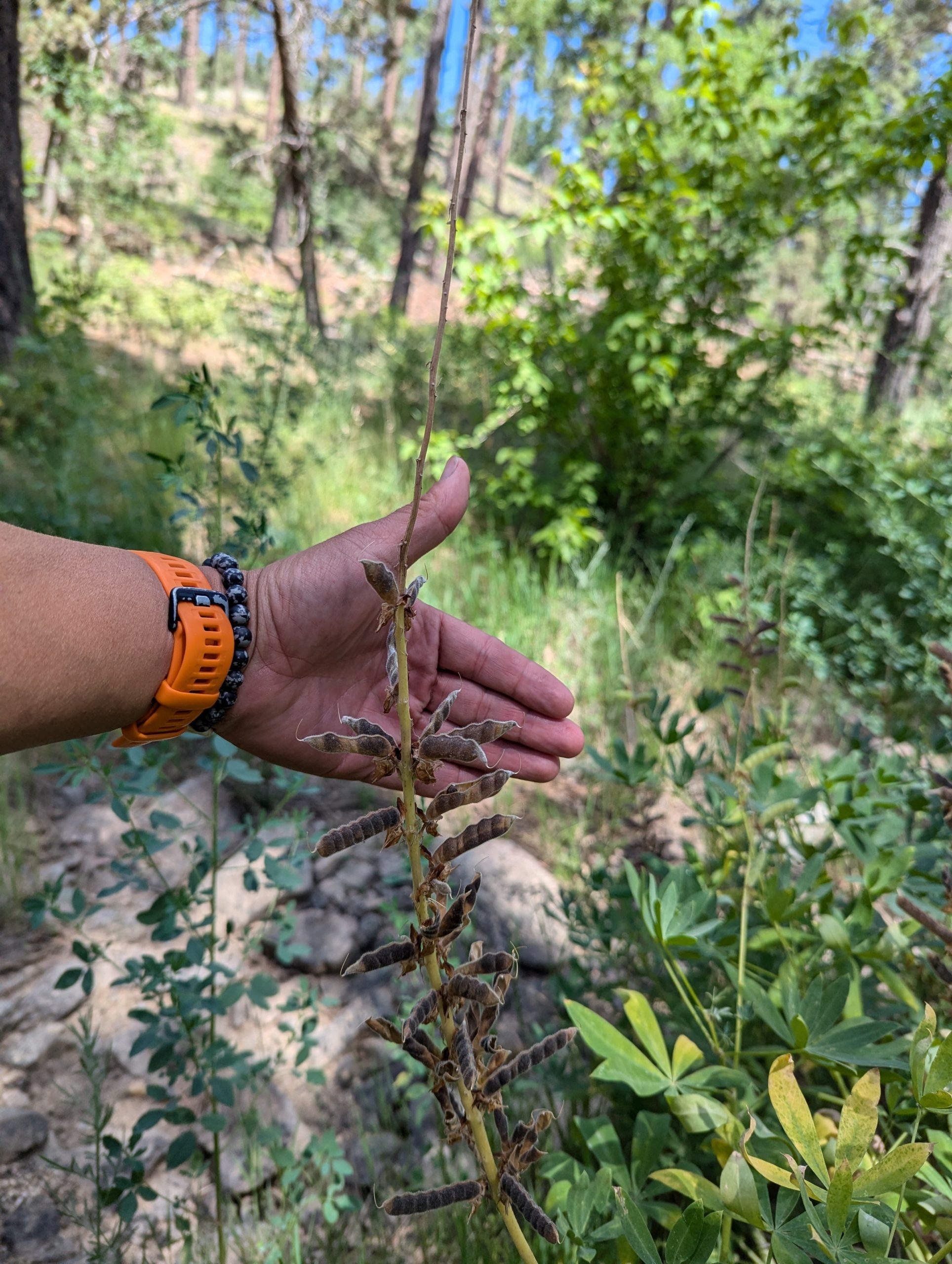
Lupinus latifolius ssp. leucanthus producing seed at a wild population in Prescott National Forest. Photo Credit: Steve Blackwell. -
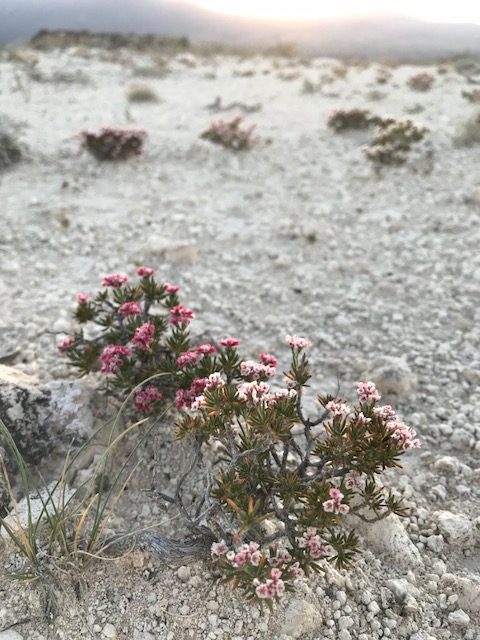
Yavapai Buckwheat (Eriogonum ericifolium). Photo credit: Shiela Murray, The Arboretum at Flagstaff. -
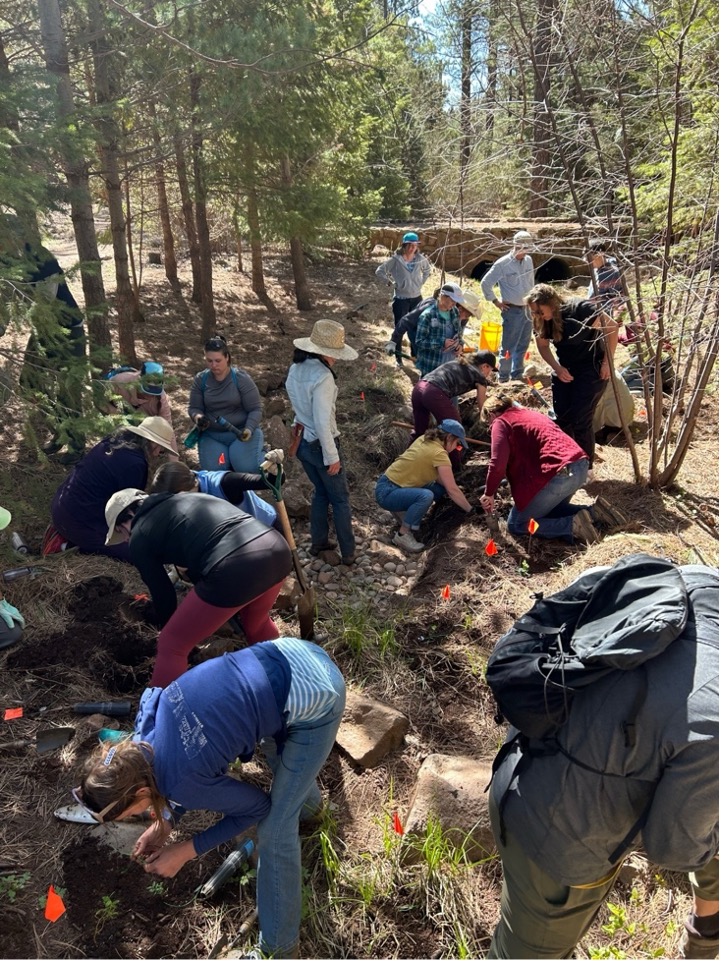
The Arboretum at Flagstaff staff and volunteers planting Salix arizonica individuals. Photo courtesy of The Arboretum at Flagstaff.
National Collection Spotlight: Mead’s Milkweed
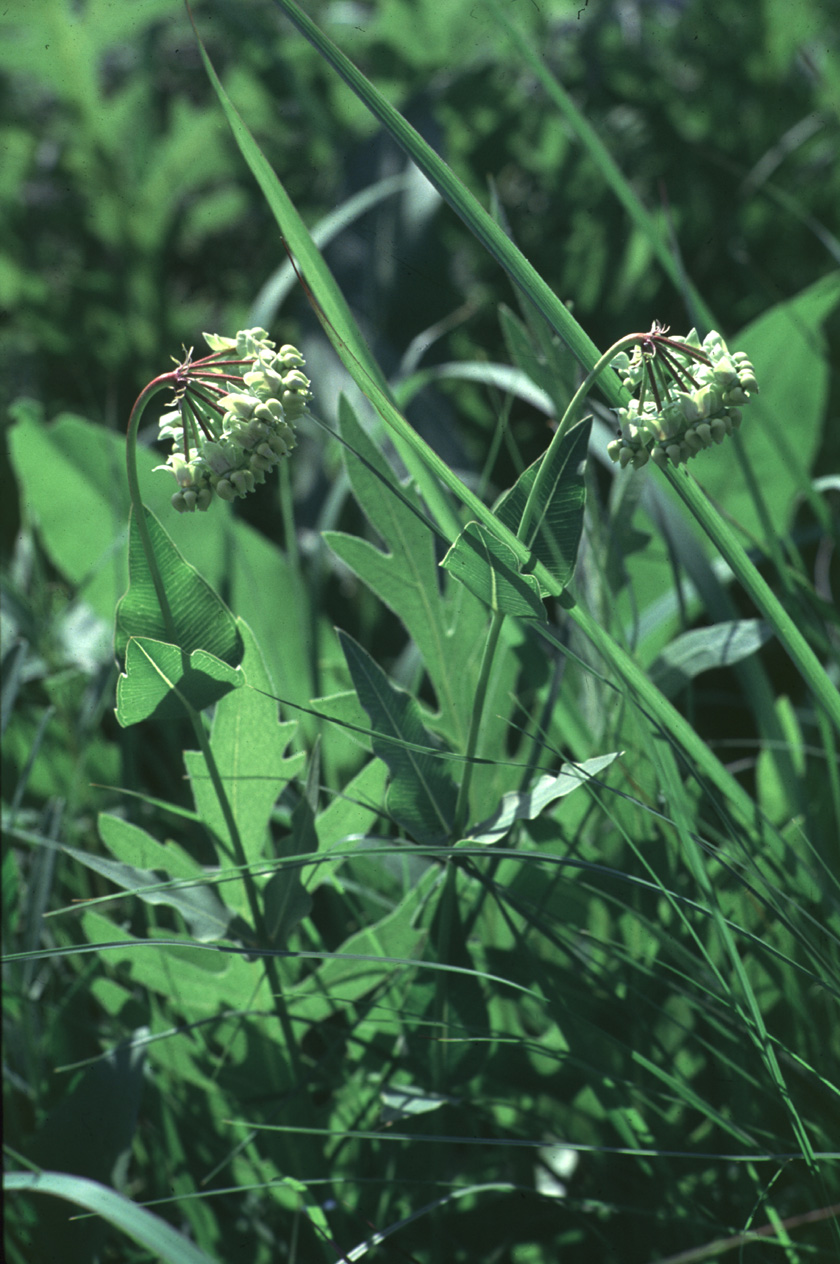
Mead’s Milkweed (Asclepias meadii) is a federally threatened species from the Midwestern tallgrass prairies and glades of Indiana, Wisconsin, Illinois, Missouri, and Kansas. This formerly widespread species has steeply declined due to the extensive destruction and fragmentation of its habitat across the Midwest.
With smooth blue-green leaves and a distinctive herringbone leaf-vein pattern, this species of milkweed differs from most others by producing an unbranched stem, crowned by a solitary cluster of flowers just above the topmost pair of leaves. The nodding inflorescence changes from green to ivory as they mature, with flowers that produce large amounts of nectar and are pollinated by small bees.
Today, all of the Mead’s Milkweed tallgrass prairie populations in Wisconsin, Illinois, and Indiana have been destroyed by agriculture, though following federal and state recovery planning, populations are being restored.
CPC Conservation Partners at The Morton Arboretum are conducting demographic and genetic research, and have designed a restoration that will meet federal recovery plan criteria by restoring genetically diverse populations in the eastern part of this species range. Most recently, the Missouri Botanical Garden collected seeds from populations in Missouri and Kansas, and now hold 160 accessions in its seed bank consisting of 9,424 seeds.
Learn more about this imperiled milkweed species and the conservation actions underway to preserve it on its CPC plant profile!
As Seen on RPA: SePPCon 2024 Presentation Recordings
Register for the 2025 National Meeting at Missouri Botanical Garden
Registration is now live for the Center for Plant Conservation’s 2025 National Meeting May 7-10, at Missouri Botanical Garden in St. Louis, Missouri. This annual event unites plant conservation professionals, researchers, and advocates to exchange insights, share experiences, and build strategies for advancing rare and endangered plant stewardship.
This year’s theme, Best Practices: Proven Methods & New Perspectives in Rare Plant Conservation, highlights the tried-and-true methodologies and emerging approaches that drive successful conservation efforts. Together, we’ll explore the latest strategies in plant conservation and stewardship, delve into innovative techniques and evolving best practices, and discuss collaborative solutions to address the growing challenges—and promising solutions and opportunities—impacting imperiled plants and their ecosystems.
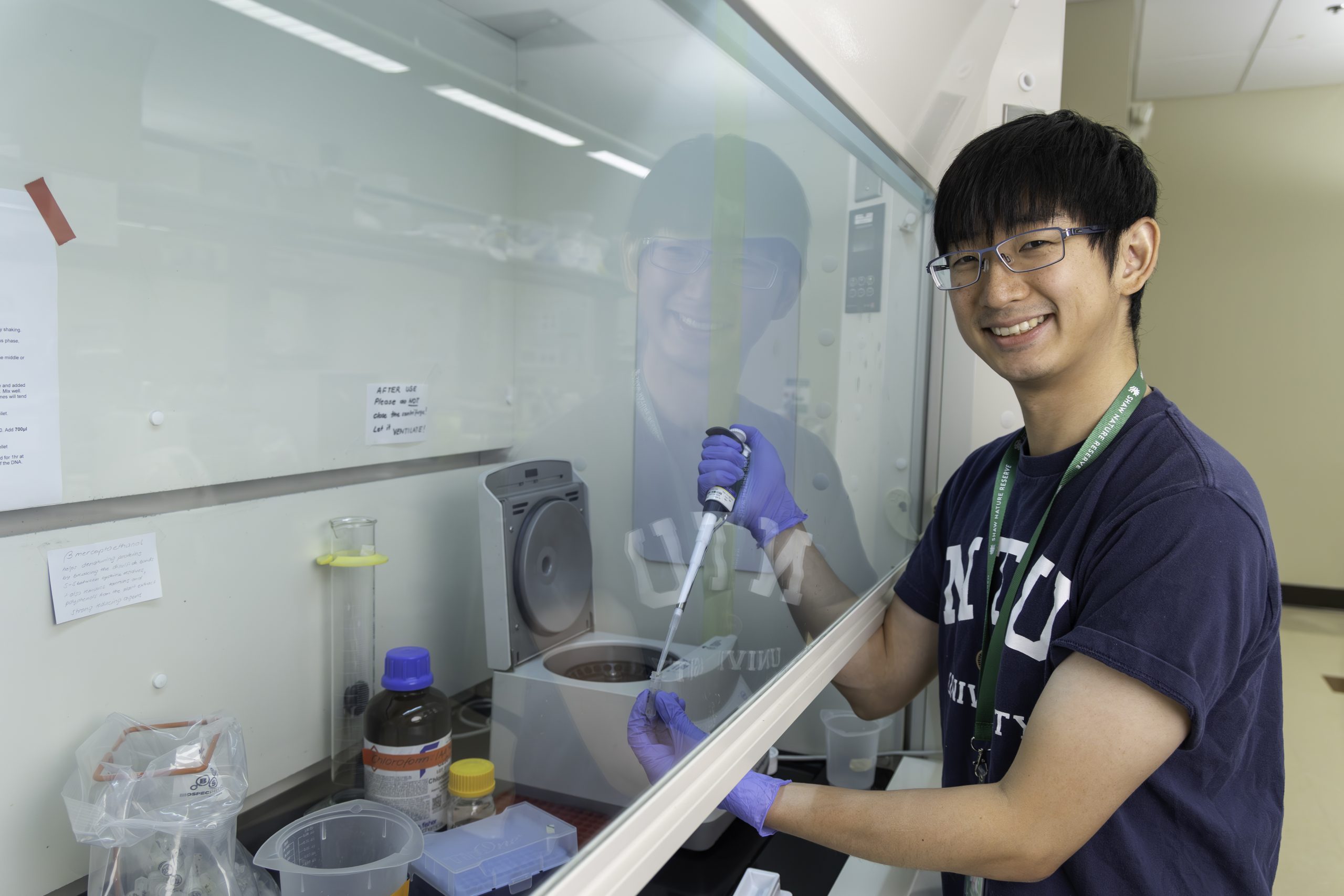
The conference program will feature updates from the CPC National Office on network-wide initiatives, dynamic lightning talks from CPC’s network of Conservation Partners, and presentations centered on both well-established best practices and innovative perspectives in plant conservation. Institutional and Individual Conservation Partners are invited to submit presentation abstracts that align with this year’s theme, Best Practices: Proven Methods & New Perspectives in Rare Plant Conservation, focusing on successful applications of proven strategies, creative solutions to complex challenges, lessons learned from the field, or topics that otherwise adhere to the conference theme.
Conference-goers will also have to opportunity to join a pre-conference workshop hosted by the Missouri Botanical Garden’s Center for Conservation and Sustainable Development and Horticulture Division team on Wednesday, May 7, as well as a post-conference field trip on Saturday, May 10, to Shaw Nature Reserve, Missouri Botanical Garden’s 2,441-acre educational, research, and habitat restoration and reconstruction site. Space for both the workshop and field trip are limited and on a first come, first served basis.
Register today – Early Bird registration ends March 18! Abstract proposals can be submitted at the time of registration.
Get Updates
Get the latest news and conservation highlights from the CPC network by signing up for our newsletters.
Sign Up Today!Ways to Help CPC

Conservation Advocacy Initiatives

Donate to Save Endangered Plants
Without plants, life as we know it would not be possible. Yet two in five of the world’s plants are at risk of extinction. More than ever before, rare plants need our help!
When you support the Center for Plant Conservation (CPC) by making a charitable gift, you help advance our mission to safeguard rare plants by advancing science-based conservation practices, connecting and empowering plant conservationists, and inspiring all to protect biodiversity for future generations.
Your donation makes it possible for CPC to offer educational resources that support and train our botanical community, advance science-based conservation research, maintain the National Collection of Rare and Endangered Plants, and so much more.
The Center For Plant Conservation is a 501 (c) (3) non-profit organization (EIN# 22-2527116). Your gift to the Center for Plant Conservation is 100% tax deductible.
Your gift ensures CPC’s meaningful conservation work will continue. Together, we save more plants than would ever be possible alone—ensuring that both plants and people thrive for generations to come. We are very thankful to for all that you do to help us Save Plants!
Donate to CPC
Thank you for helping us save plant species facing extinction by making your gift to CPC through our secure donation portal!
Donate Today